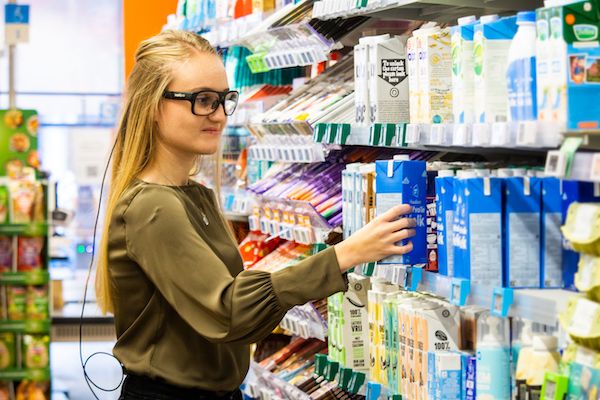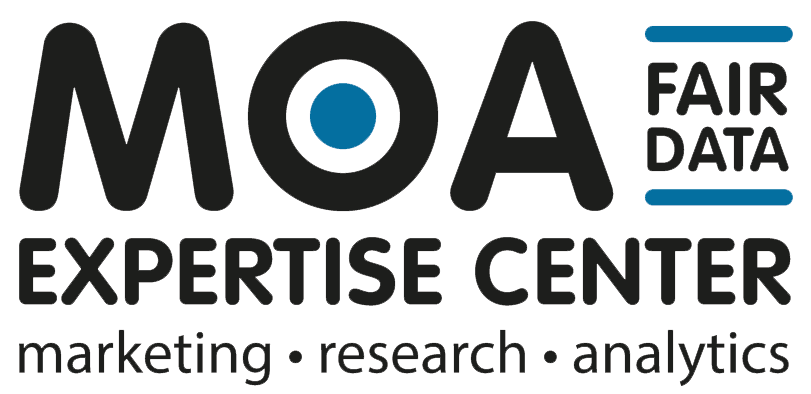Neuro Customer Decision Tree
-
Measure how shoppers make decisions with Eye Tracking
-
More accurate than traditional research: each fixation is classified
-
Improve your shelf layout based on customers’ unconscious choices







Applications
One of the most important questions in retail research is how a shopper makes choices when standing in front of a shelf. Which product features are considered the most important in the selection process? And what does this imply for the most effective shelf layout?

Shoppers are intuitive and emotional
Traditional marketing research provides limited insights into how customers make their choices. Questioning consumers' choices consciously result in a rational customer decision tree. However, this does not often correspond with the actual choices that consumers make in the store.
Fortunately, in-store research makes use of eye tracking, which makes it possible to measure attention and choice processes of customers directly in a natural shopping environment.

What do customers consider in their buying decisions?
To the millisecond, eye tracking data points out what information is processed by your customer during shopping. In shelf and choice studies, we use this data to determine which product aspects are used to make a choice and whether timing matters here. This provides practical implementations for building an effective shelf layout.

Or discuss the possibilities with Tim, our Lead Consultant
View availability and schedule an online appointment
"Very nice to see how this eye tracking research works. Impressed how well it is arranged and what team you have there."

How it works
Classical market research into consumer decision trees attempts to dissect the structure and choice factors of a category by consciously questioning them. However, this completely ignores the emotional and intuitive aspects of choices that are made in front of a shelf.
Neuromarketing research investigates the shelf and choice process by using eye tracking to map exactly how every choice is made.
In-store Eye Tracking
Neuromarketing research into shelf choices takes place in a real shop. Customers are fitted with mobile Eye Tracking glasses, after which they can make purchases in the concerned category according to their preference.
Unravel works with Tobii Glasses 3 Eye Tracking glasses. These are known as the golden standard for in-store eye tracking research. They are accurate, lightweight and indistinguishable from normal glasses for fellow customers. This way, we ensure an extremely realistic selection process.
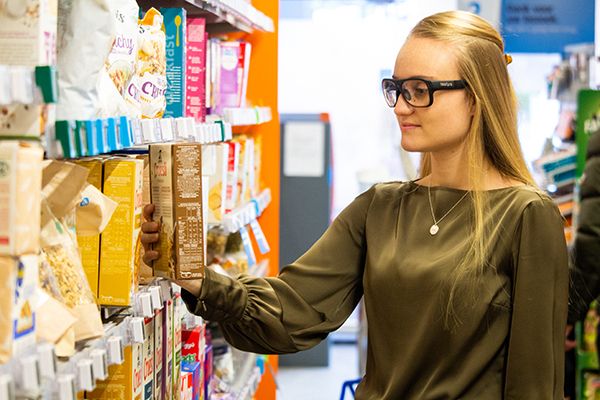
From raw Eye Tracking data to choice factors
Based on the raw data, we can classify each fixation and product comparison. Based on this, we gain insight into the most dominant choice factors, as well as the position of this factor within the choice process (sooner or later). You gain insight into the role of factors such as:
- Taste
- Color
- Brand
- Size
- Packaging type
- Product name
- Claims
- Health information
- Promotions
- etc
Each factor is displayed in a choice grid. On the y-axis, we show dominance (% of customers using this choice factor) and on the x-axis timing (early or late in the choice process). This grid offers a solid basis for shelf layout: it is often effective to divide the shelf based on factors that many people use early in the selection process.


Or discuss the possibilities with Tim, our Lead Consultant
View availability and schedule an online appointment


Timeline of shelf and choice research
Unravel Research takes a well-tried approach so you can foresee reliable results and a fast timeline. This enables us to offer unparalleled project lead times of 10 working days.
-
Day 1-2: Kick-off & preparation
In the first week, the products, the choice factors that will be measured and the desired target group of respondents are determined in consultation with the customer. A test panel is then recruited and the respondent instruction will be prepared.
-
Day 3-5: Field work
During the days of field work, 30 respondents (per sub-target group) visit the physical store. Here they are fitted with the Eye Tracker, after which they are allowed to make several purchases in the concerned category. The research environment is comfortable and realistic so we guarantee the most natural data possible.
-
Day 6-10: Data analysis and report writing
The data of each respondent is processed from fixation to fixation into a database containing all fixations and comparisons. In this way we can perform numerous analyzes investigating the dominance and order of choice factors, as well as cluster analyzes of which factors are often used collectively.

Or discuss the possibilities with Tim, our Lead Consultant
View availability and schedule an online appointment


Or discuss the possibilities with Tim, our Lead Consultant
View availability and schedule an online appointment

Facts
> 80
Segments tested
10
10

Frequently Asked Questions
Yes, it is possible to conduct an in-store survey with different target groups, so that you can measure differences between these groups. It is necessary to increase the sample size in order to make a fair comparison. We recommend using 30 respondents per sub-target group.
Just like classic research into customer decision trees, this neuromarketing approach aims to understand even the most important choice factors within a category. This helps to slim down shelves and thus achieve higher sales. Unlike classic CDT research, eye tracking is able to reveal the intuitive and unconscious choice factors that are leading in the customer's choice process.
We mean business with
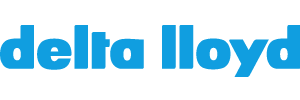

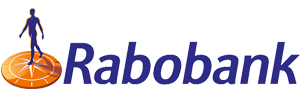




 NL
NL  EN
EN 


